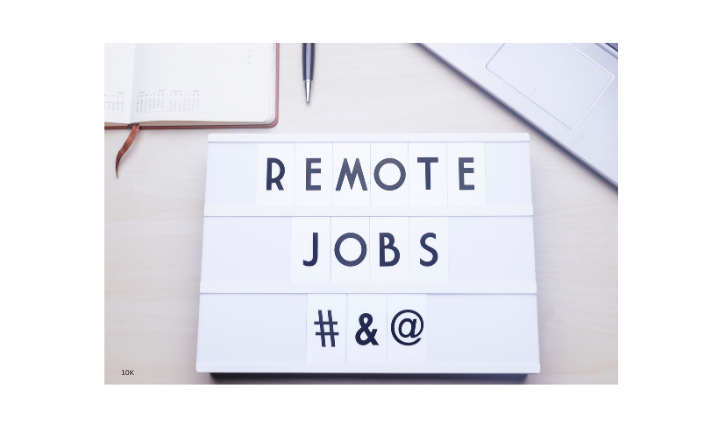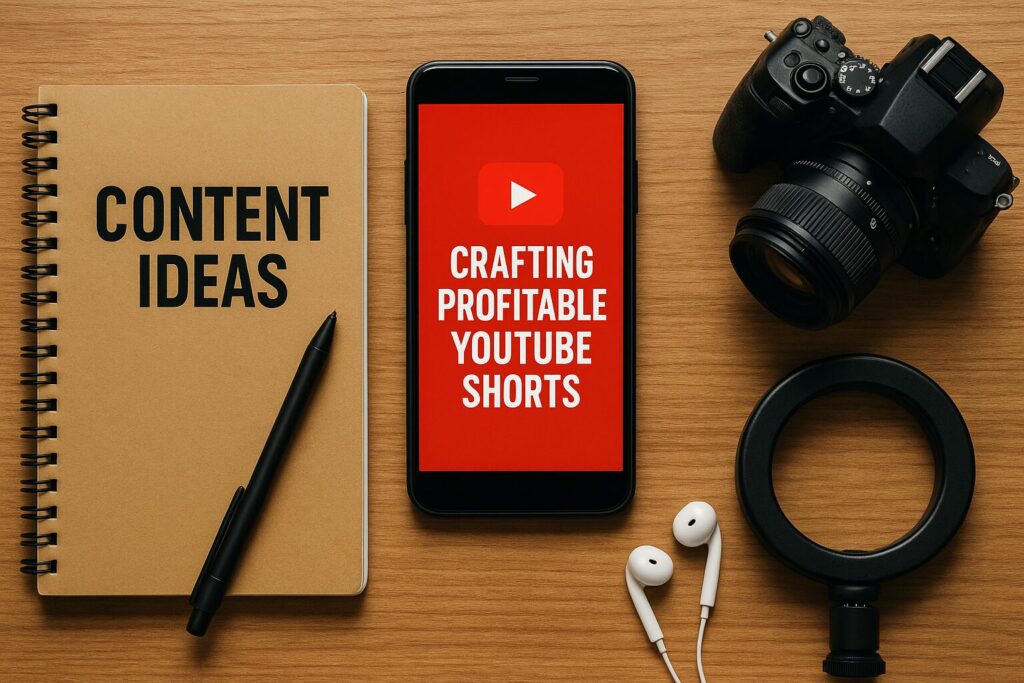Micro SaaS with AI: Launch a Tiny Tool That Prints Monthly Recurring Revenue
Everyone talks about SaaS businesses — but most think it’s out of reach. You picture VC funding, big dev teams, and six-figure launch budgets. But here’s the truth: you don’t need any of that.
With no-code tools and AI integrations, you can create a Micro SaaS — a small, focused software product — that solves one problem well and charges a small monthly fee. Done right, this can become a steady stream of recurring revenue.
And because AI is now baked into so many no-code platforms, the development barrier has never been lower. You can go from idea to MVP in weeks — not months.

What Exactly Is Micro SaaS?
Micro SaaS = tiny software-as-a-service.
- Small team (or just you).
- Low overhead.
- Niche focus.
- Recurring revenue model.
Examples:
- A Chrome extension that summarizes YouTube videos with AI.
- A Notion dashboard that auto-generates weekly goals.
- A simple tool that turns blog posts into tweet threads.
The beauty of Micro SaaS is that it’s manageable. You don’t need to be a coding wizard — you just need a good idea and the right tools.
Why Micro SaaS + AI Is a Perfect Match
AI supercharges Micro SaaS in two ways:
- Development speed: AI can write boilerplate code, generate copy, and design UI concepts.
- Functionality: Your SaaS can use AI as its core feature (summaries, predictions, content generation).
This means you can launch with fewer features, faster, and still deliver something powerful.
Step 1: Identify a Pain Point Worth Solving
Your tool doesn’t need to serve millions. It just needs to serve a specific audience willing to pay for convenience.
Where to find ideas:
- Reddit & Facebook Groups (look for “Does anyone know a tool for X?” posts).
- Your own workflow (what repetitive task do you hate doing?).
- Competitor research — what features do people wish a popular app had?
Prompt AI for inspiration:
“List 10 niche problems freelancers face that could be solved with a simple web app or Chrome extension.”
Pick a problem where people are already spending time or money on a workaround.
Step 2: Validate Before You Build
Don’t spend 3 months building something nobody wants. Validate first.
- Post in niche communities: “Would you use a tool that [solves problem]?”
- Build a landing page in Carrd or Typedream.
- Collect emails with “Sign up to be first to try it.”
If people give you their email, that’s a real interest. Bonus: You now have beta testers for launch.
Step 3: Build the MVP (Minimum Viable Product)
This is where no-code + AI shines.
No-Code Tools to Consider:
- Bubble.io: Full-featured web app builder.
- Glide: Great for simple apps built from spreadsheets.
- Softr: Perfect for client dashboards or lightweight SaaS.
- Zapier/Make: Automate workflows behind the scenes.
Adding AI:
- Use OpenAI’s API to generate text, summarize, or analyze data.
- Add image generation (DALL·E, MidJourney API) for visual tools.
- Use Whisper API for transcription apps.
Example:
Build a Micro SaaS that converts long-form YouTube videos into bite-sized summaries:
- User pastes video link.
- Whisper transcribes.
- GPT summarizes key points.
- Output formatted in bullet points or Twitter thread style.
Step 4: Design Your Pricing Model
Recurring revenue is the goal. Keep it simple:
- Free tier: Basic access, limited usage.
- Paid tier: Unlocks more credits, priority processing, or extra features.
Common Micro SaaS price points:
- $5–$15/month for consumer tools.
- $15–$50/month for business tools.
Remember: your goal isn’t millions of users — it’s 100–500 paying subscribers that cover your monthly income goals.

Step 5: Launch Fast and Public
Perfection kills momentum. Launch your MVP as soon as it works.
- Announce in communities where your users hang out.
- Share your build journey on Twitter/LinkedIn.
- Offer early adopters a lifetime discount to get feedback.
Public launches create accountability — and bring in your first paying users.
Step 6: Market and Grow
Once you have a working product and a few users, shift focus to growth.
- Content marketing: Write SEO-friendly posts about the problem you solve.
- Social proof: Share testimonials and usage stats.
- Partnerships: Collaborate with influencers in your niche.
- Referral programs: Give users free credits for inviting others.
Prompt AI to help with marketing:
“Write 5 tweet ideas announcing a new AI-powered Chrome extension that summarizes YouTube videos.”
Step 7: Automate and Support
You don’t want to become your own full-time support team.
- Set up Help Docs and FAQ pages (AI can draft them).
- Use tools like Crisp or Intercom with canned responses.
- Automate onboarding emails with Zapier + Gmail or ConvertKit.
As your user base grows, consider hiring a VA for first-line support.
The Income Potential
Here’s what Micro SaaS can look like:
- 100 users @ $9/month = $900 MRR (Monthly Recurring Revenue)
- 300 users @ $15/month = $4,500 MRR
- 500 users @ $29/month = $14,500 MRR
That’s not just side hustle money — that’s financial independence money.
And because SaaS revenue is predictable, these businesses can sell for 3–5x annual revenue if you ever exit.
Tools That Make It Easier
- Bubble.io: Drag-and-drop app builder.
- OpenAI API: Power your AI features.
- Stripe: Simple recurring billing setup.
- Zapier/Make: Connect your app to everything.
- Figma: Design a clean UI even if you’re not a designer.

Case Study: Solo Founder to $10K Monthly Recurring Revenue
Alex built a Micro SaaS that generates social media captions for small businesses.
- Built MVP in 4 weeks using Bubble + OpenAI.
- Launched on Product Hunt and got 200 paying users in the first month.
- Grew to 600 users at $19/month within a year = $11,400 MRR.
Alex now works 10–15 hours/week on support and marketing, and the business practically runs itself.
Why This Works Right Now
The Micro SaaS model is thriving because:
- ✅ No-code tools eliminate tech barriers.
- ✅ AI makes even tiny products powerful.
- ✅ People pay for time-saving tools — even tiny ones.
- ✅ Recurring revenue compounds month after month.
You don’t need a massive launch. You just need a problem worth solving and the courage to ship.
Call to Action: Ship Your First Micro SaaS
Here’s your challenge:
- Brainstorm 10 problems you could solve with AI.
- Pick one and validate interest with a landing page.
- Build a no-code MVP in Bubble, Glide, or Softr.
- Launch publicly and get your first 10 paying users.
Once you’ve done that, you officially own a SaaS business — one that pays you monthly whether you work or not.
And if you want to learn how to build traffic, write content that converts, and stack income streams, check out Wealthy Affiliate — the same training that helped me grow my own online businesses.

FAQs
Q: Do I need to know how to code?
A: Nope — no-code platforms handle the tech.
Q: What if someone copies my idea?
A: They might — execution and marketing are what win, not just the idea.
Q: How long until I make money?
A: Many Micro SaaS founders get their first paying users within 30–60 days.
Q: What if I’m not technical?
A: Pair with a technical co-founder or hire freelancers for tricky parts — focus on the business side.
Q: Can I run this part-time?
A: Yes — most Micro SaaS founders spend <10>
Final Thoughts
Micro SaaS is no longer reserved for tech founders. With no-code and AI, it’s open to anyone willing to solve a problem and put in the work.
The best time to start was yesterday — the second-best time is today. Ship something small, get feedback, and start building your recurring revenue engine.

Larry Mac
Hi there, and thanks for stopping by! My name is Larry, and I’m the voice behind 6fig.com. I search the Internet to try and find money-making opportunities to share.. Thanks for stopping by. Feel free to subscribe and comment. Thank You!
You Got This, I Learned these skills and more at Wealthy Affiliate. Hey, if this 65-year-old Grandfather can make money online, you can too!


